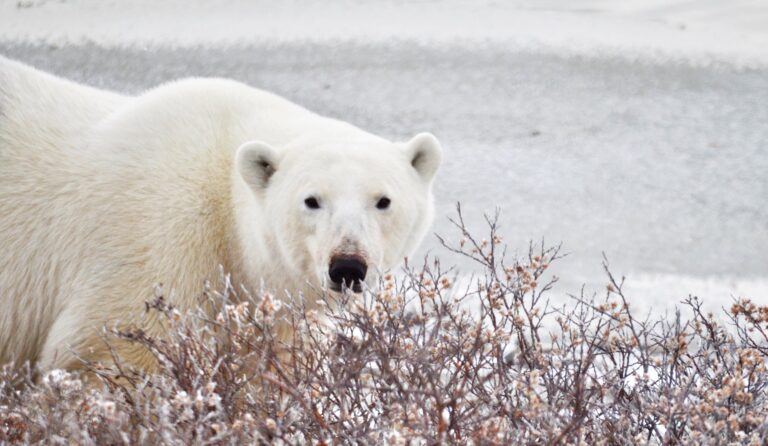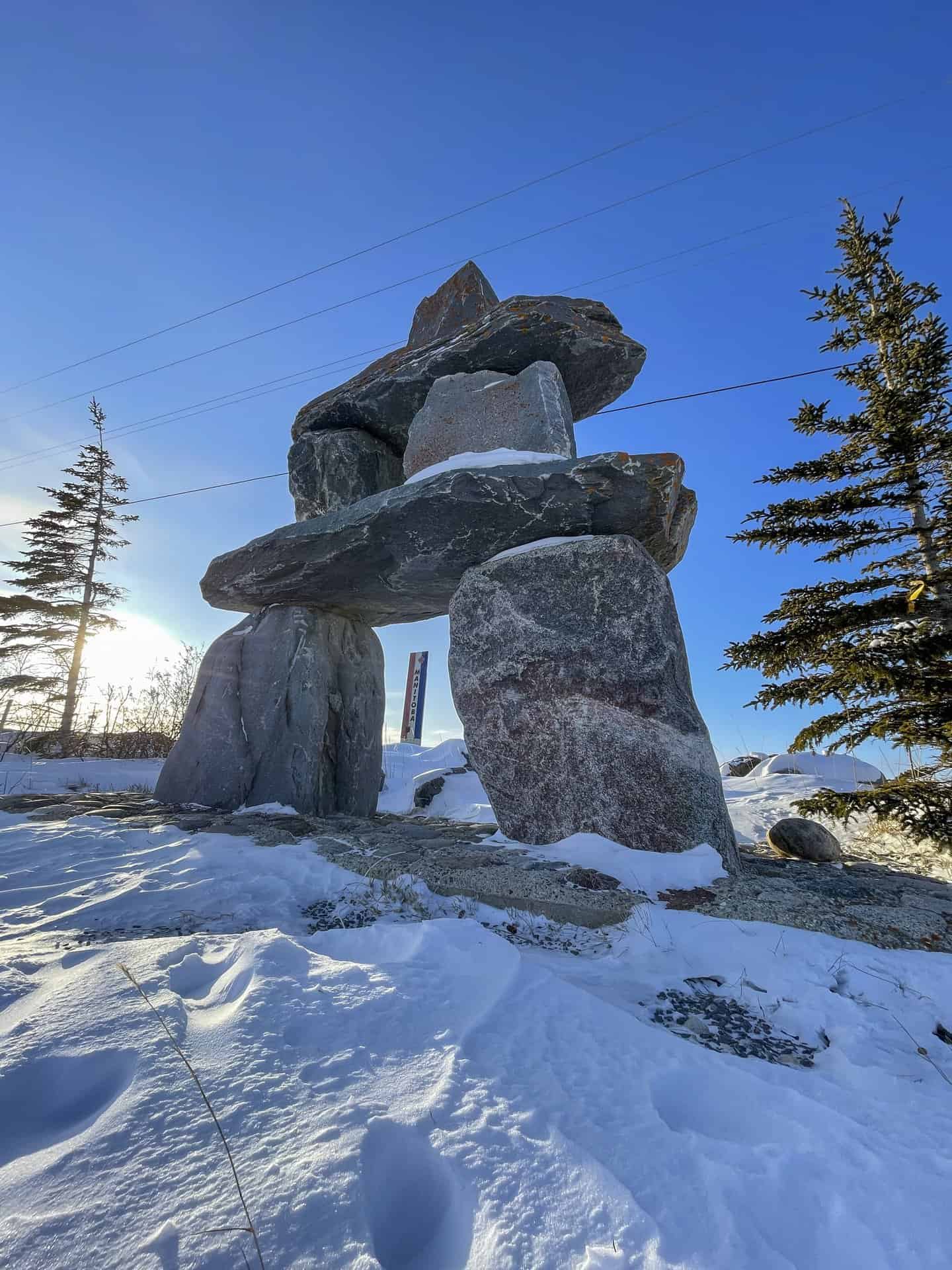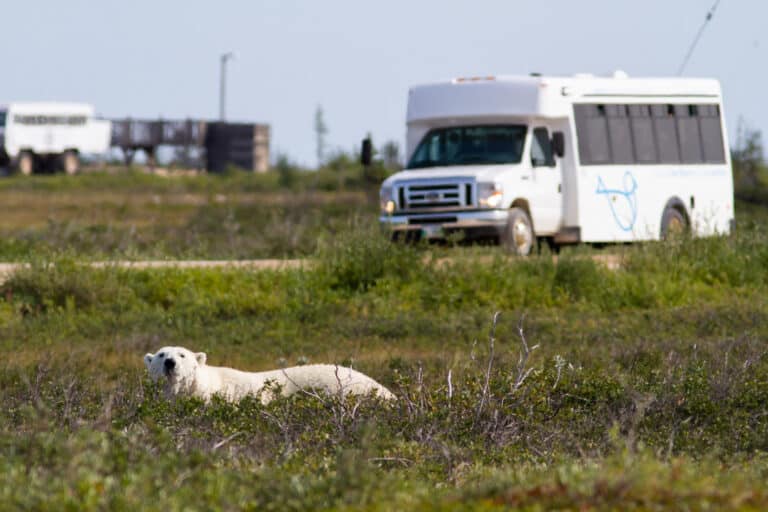where the polar bears are

Polar bears, the majestic lords of the Arctic, are one of the region’s most popular and charismatic species. These powerful predators, known for their thick fur and strong swimming abilities, primarily inhabit the sea ice of the Arctic Ocean. But where exactly do these magnificent creatures live, and what makes their habitats so unique? Let’s explore.
Where Do Polar Bears Live?: An Overview of Polar Bear Habitats
Polar bears are marine mammals, and their primary habitat is the sea ice that covers the Arctic Ocean. Polar bears have a profound relationship with sea ice, which plays a pivotal role in their survival. This frozen expanse serves as a crucial platform for hunting, as polar bears primarily prey on seals that emerge from the ice’s breathing holes. The bears use their keen sense of smell to detect these seals and rely on the ice to stealthily approach and ambush their prey. Additionally, sea ice acts as a medium for travel, allowing polar bears to cover vast distances in search of food, mates, and suitable denning sites.
In terms of specific locations, polar bears are found across the circumpolar Arctic. Their range spans five countries: Canada, Russia, the United States (specifically in Alaska), Greenland, and Norway. Within Canada, the western shores of Hudson Bay near Churchill, Manitoba, are particularly famous for polar bear sightings, earning the title “Polar Bear Capital of the World.”
Polar Bear Habitat Facts
Curious to learn more about polar bear habitats and how the bears interact with their environment? We’ve got you covered! Here are some fun facts:
- Ice architects: Polar bears are known to build temporary shelters out of snow and ice to protect themselves from harsh Arctic winds, especially when they’re resting or during particularly severe weather. In winter months, female polar bears create dens out of snow and ice. These dens provide shelter for giving birth and nurturing their young during the initial months.
- Swimming prowess: While sea ice is their primary habitat, polar bears are excellent swimmers. They can swim for long distances, sometimes covering more than 60 miles (about 97 km) in a single stretch, in search of food or ice.
- Sensitive noses: Polar bears have an extraordinary sense of smell and can detect a seal’s breathing hole — known as an aglu — nearly a mile away beneath the ice.
- Ice preferences: Not all sea ice is the same, and polar bears have preferences! They tend to favor “consolidated pack ice” — which is dense and provides a stable platform for hunting — over “dispersed ice,” which has many open areas.
- Summer retreats: During warmer months when the sea ice melts, polar bears move to land. In places like Hudson Bay, Canada, they can be found fasting and waiting on the tundra for the ice to return.
- Northernmost bear: Polar bears are the world’s northernmost bear species, and some have been spotted as far north as the North Pole!
- Ice indicator: Polar bears are often considered an “indicator species” for the Arctic. Their health, behavior, and population trends can give scientists valuable insights into the overall health of the Arctic ecosystem and the state of sea ice.
- Fun on ice: Young polar bear cubs are often seen sliding and playing on ice, much like children on a playground. This not only hones their skills, but also strengthens their bond with their icy habitat.
The intricate relationship polar bears have with their icy habitats is a fascinating one, and it helps highlight the importance of conserving these regions for the survival of this iconic species.
Churchill, Manitoba: The Polar Bear Capital of the World
Churchill, located on the shores of the Hudson Bay in Manitoba, Canada, is the “Polar Bear Capital of the World.” Every fall, hundreds of polar bears congregate on the shores of the Hudson Bay, waiting for it to freeze. This phenomenon offers a unique opportunity for humans to observe these typically solitary creatures in their natural habitat.
While in Churchill, polar bears can often be seen sparring, snoozing, or even snacking on seaweed. The Churchill Northern Studies Centre (CNSC) is at the heart of all this polar bear action. That’s why we offer an incomparable viewing experience with our Lords of the Arctic Learning Vacation. During this program, participants can:

- Experience outings on the tundra in a specialized polar bear viewing vehicle.
- Stay at the Centre, located inside the Churchill Wildlife Management Area, where curious polar bears have been known to approach.
- Engage in authentic experiences focusing on local history, culture, and the natural world, including a helicopter tour of the rugged Hudson Bay coastline and an afternoon of dog sledding.
- Gain insights from expert instructors who provide engaging polar bear lectures every night.

See Polar Bears in Their Natural Habitat With the Churchill Northern Studies Centre
If you’ve ever dreamt of seeing polar bears in their natural habitat, there’s no place like Churchill. The Lords of the Arctic Learning Vacation offers an unparalleled opportunity to witness these creatures up close, learn about their behavior, and understand the challenges they face in a changing climate.
Not only will you be treated to the sight of polar bears in their natural environment, but you’ll also be contributing to essential subarctic research. The Centre, as an independent, registered non-profit research station, invests all revenue into its mission to understand and sustain the north.
So, why wait? Book your spot now and embark on a journey to witness the true lords of the Arctic in all their glory. Your adventure awaits!
The Churchill Northern Studies Centre is an independent, non-profit field station working to understand and sustain the North. We provide accommodations, meals, equipment rentals, and logistical support to scientific and social researchers working on a diverse range of topics of interest in the subarctic. We also facilitate learning programs throughout the year for non-credit learning vacations, university credit courses, and youth programming.
Explore our Learning Vacations to see how you can experience the subarctic in a way that’s meaningful, personal, and unforgettable. Or, donate today to support greater understanding of — and deeper appreciation for — the natural, social, economic, and cultural environments of the North.
